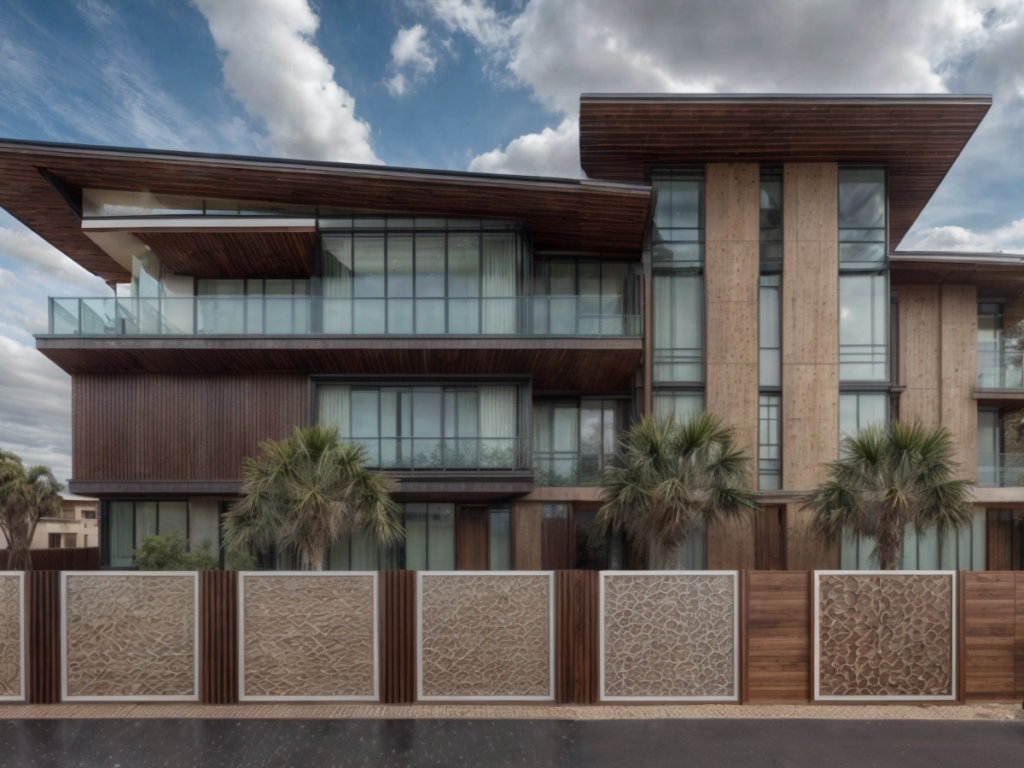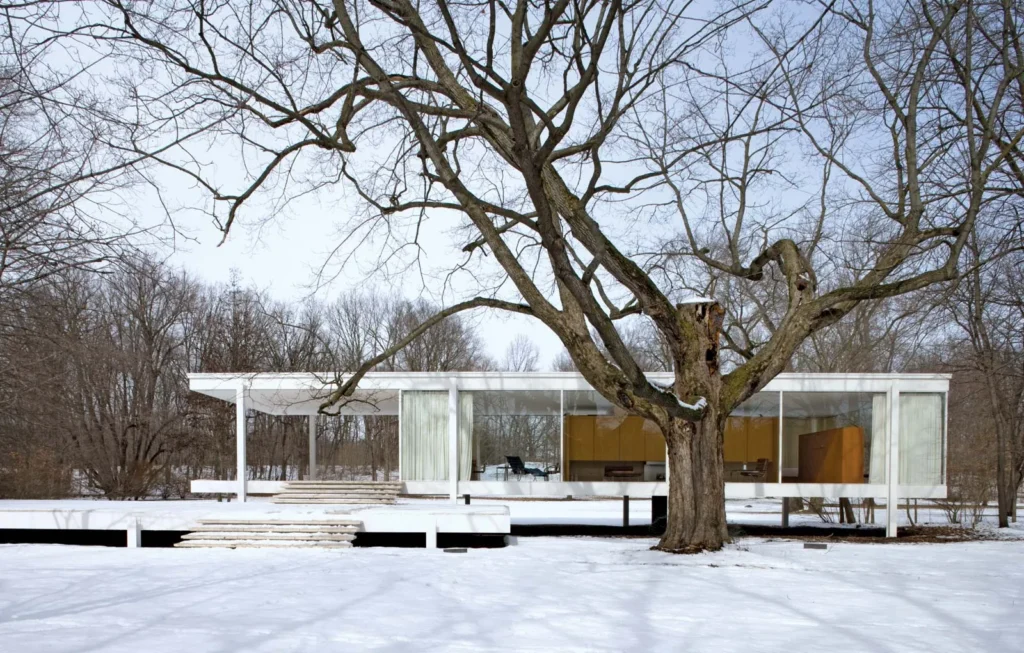
Usage of glass material in building and designing architectural masterpieces have been around the industry trend since the industrial revolution wherein mass production has enabled its widespread use in construction. In building and construction, usage of glass traditionally was intended for windows, doors and interior partitions like tables. Its primary function is to provide visibility from two sides it is facing and allow light to enter the building providing a distinct effect in the illumination of spaces. With the technological advancements, glass being a versatile material has been pushed to its material limitations and developed unorthodox applications in building and designing that had driven the criteria of luxury and elegance in the overall standard of architecture.
Challenges of Glassworks in Architecture
“The more creative you want to be with glass, –the longer it would take to fabricate“
-Ar. Geo Delos Santos
The material glass has been introduced to design and construction, made one experience architecture in a new and different way. However, the notion has also been through challenges as how glass’ transparent properties can affect the temperature and thus the ventilation of space – Read more at (read more at ArchDaily).
Additionally, due to glass being transparent, the visibility it provides can be a double-edged sword as it gives visibility to the interior of a house making it easier for people passing by to perceive and also judge the design of the house or how it good its construction is.
Some of the other challenges faced by glass in architecture would be its durability. Its fragile nature made it have the need for meticulous planning and calculations in regard to the pressure and force it will be receiving depending on its use as it began to wander different applications to architecture such as being a facade, a curtain, a wall, and even being used as steps in staircases. It is prone to breaking if the type of glass used for a specific architectural feat is not matched to its properties. For example, using annealed glass which is the most basic form of glass in facades might be dangerous. It is more prone to breaking and thus making a home unsafe to outside forces. There are glass types that offer more durability such as laminated or tempered glass which has more to offer against impact and pressure.
The environment one is situated to also affects how compatible glassworks is. For example, the masses are not all living in a utopian environment like executive villages or subdivisions. This makes the usage of glass in the overall architecture more conservative to avoid risks and minimize damages to the building.
And with these challenges, the wide use of glass in a construction and designing made it more exclusive to the upper class and upper middle class even in the midcentury up until today. The use of glass made an impact to how we view luxury and elegance in building residential houses and commercial spaces. Eacco Design + Construction has also ventured projects with glassworks and is available to be viewed here.
Glasswork as catalyst of “Minimalism”

Photo Courtesy: ArchDaily
“Less is more”
–Ludwig Mies van der Rohe
Due to the challenges of using glass in building residential houses such as dream houses, or commercial spaces such as offices, innovation will be the hero to take a pivot of making these challenges into an architectural marvel. The minimalism trend in the mid 20th century has been making an increase up to today as the form of architecture has changed its shape into Modernism. The well renowned architect, Ludwig Mies van der Rohe also stated “Less is more” which has been one of the foundations of simplicity and elegance in design concepts.
Architect Ludwig Mies Van der Rohe has used and is one of the architects that pioneered most of extensive application of glassworks, evident in his life works like the Barcelona Pavillion and the Farnsworth house which are just two of his many masterpieces. His works significantly started a new age of architecture criteria of elegance and luxury.
Glassworks as pioneer of “Tailored Design”

Photo Courtesy: Britannica
A domino effect of making the impossible a true architectural project among the upper class is the competition to also stand out. It is a primary catalyst of making customizations and personalization of glassworks of commercial spaces and residential houses. Each one has a goal to engrave a testament how distinct their house is.
This approach of open space design also provides a more connection to nature. Each one of us has a different way of coping up with life and connecting with nature increases the relaxation and overall aesthetics of the space. If one is privileged to do so, they would want their personality to be embodied in the design speaking “who they are”.
Glasswork as Symbol of Status
“In a building, the more glass you see, the more expensive it would be“
-Ar. Geo Delos Santos
The challenges that are brought by the properties of glass has also made it remarkable once it’s application with form and function is achieved. Additionally, being able to use this material despite of its unfavorable drawbacks is a privilege that not everyone can afford. This made the buildings developed and construction designs of the upper class have more identity and symbolization since after all, they are the one of the few that can afford it.
With those challenges it already has with its properties despite of improved versions of glass, this also reveals how pricey it is to build and construct a house, a coffee shop, or even just an office space with the use of the material. The type of glass also varies from one after the other which also affects the logistics aspects into the application itself, imposing so many risks to the glass and thus implying the need of greater care in transporting and installing it.
Core Insights
With accumulated challenges and innovative designs passed down through generations, incorporating glassworks in the architecture of buildings and construction designs embodies a testament to the client’s dedication and perseverance. This approach signifies that the client has navigated numerous obstacles, deserving the distinctiveness and uniqueness that their life choices and sacrifices have earned them. The intricate process of selecting, designing, and installing glass elements highlights the client’s commitment to excellence and their pursuit of creating spaces that are not only functional but also aesthetically remarkable. Ultimately, glass becomes an embodiment of their status and success, celebrating their journey and providing a tangible reminder of the distinctiveness and prestige they have rightfully earned.
Leave a Reply